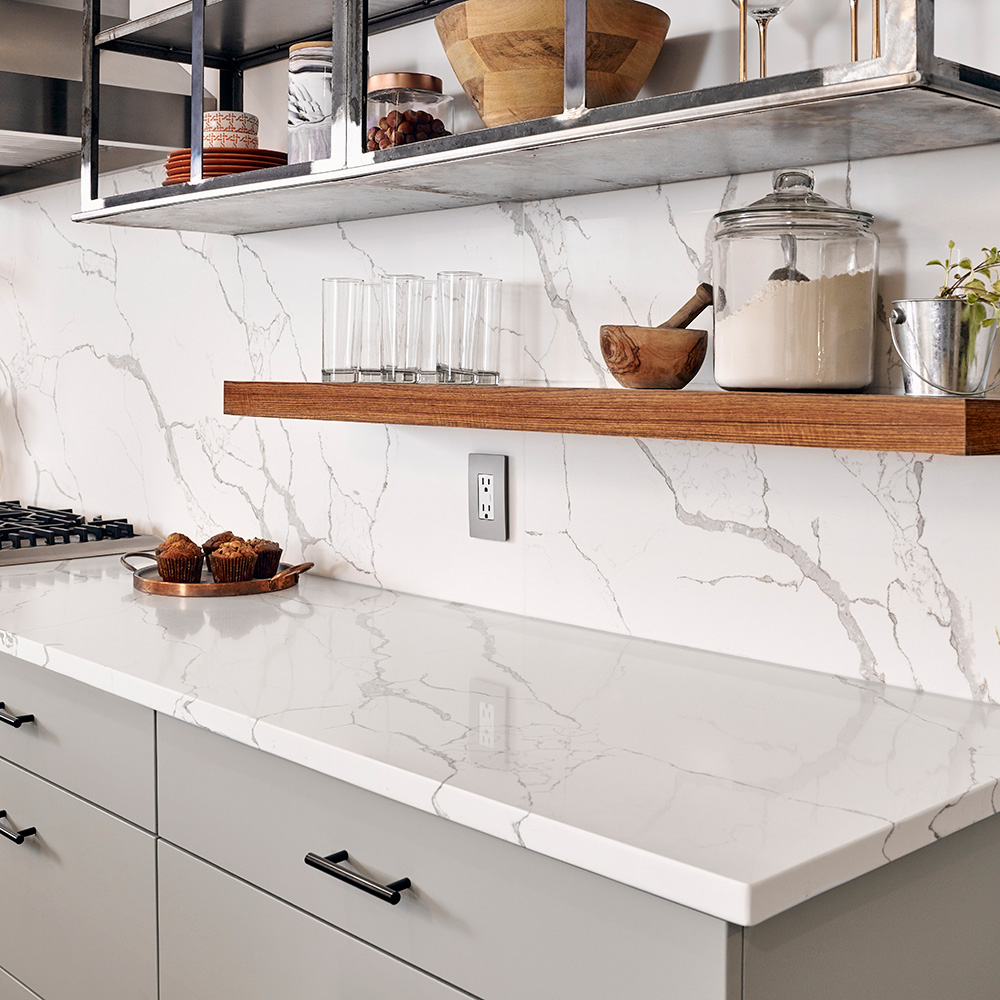Advanced granite cutting techniques are pivotal in achieving precision fabrication, especially for applications that demand high levels of accuracy, such as countertops, flooring, and intricate designs. The process involves several sophisticated methods that utilize state-of-the-art technology, allowing fabricators to cut, shape, and finish granite with exceptional detail and efficiency. One of the most common and advanced methods used in granite cutting is waterjet cutting. This technique employs a high-pressure stream of water, often mixed with abrasive materials like garnet, to cut through granite with remarkable precision. The waterjet’s fine stream can cut intricate patterns, detailed curves, and sharp angles that would be difficult to achieve with traditional methods. Because the process generates little heat, it also helps preserve the stone’s integrity, reducing the risk of cracking or warping during cutting. Another highly precise technique is laser cutting, which uses a high-powered laser beam to slice through the stone.

Laser cutting produces clean edges and can achieve detailed cuts without the need for post-processing, making it ideal for creating sharp, polished edges and complex designs. This method is particularly advantageous when working with thinner slabs or requiring high precision, as the laser’s focused beam ensures minimal material waste. CNC Computer Numerical Control machines have revolutionized granite cutting by automating the process with programmed precision. CNC machines allow for highly customizable and accurate cuts, whether it is straight lines, curves, or unique shapes. Operators input digital designs into the CNC system, and the machine follows these instructions with incredible accuracy, cutting the granite with minimal manual intervention. This method significantly reduces the margin for error and speeds up production, making it ideal for large-scale commercial projects. For fabricating edges, a method known as profiling is used, which involves shaping the edges of the granite slabs to various profiles such as bullnose, ogee, or bevel.
The accuracy of these edge profiles is crucial for ensuring that the final product aligns perfectly with the surrounding elements, such as cabinetry or countertops. Diamond blade cutting is a technique commonly used in combination with other methods to achieve precision cuts in granite and get more info here. These blades, embedded with synthetic diamonds, are incredibly durable and can withstand the immense hardness of granite. When paired with advanced cutting machinery, diamond blades enable clean and precise cuts, even in thicker slabs of granite. This method is particularly effective for straight cuts and is often used when cutting granite into large, uniform sections. In addition to these cutting techniques, polishing and finishing are essential aspects of precision granite fabrication. After cutting, the granite surface is polished using specialized machinery and abrasive pads. This process not only enhances the stone’s natural beauty but also ensures that the surface is smooth, even, and free from imperfections. The final polish gives the granite a glossy, reflective finish that is highly valued for its aesthetic appeal in both residential and commercial applications.